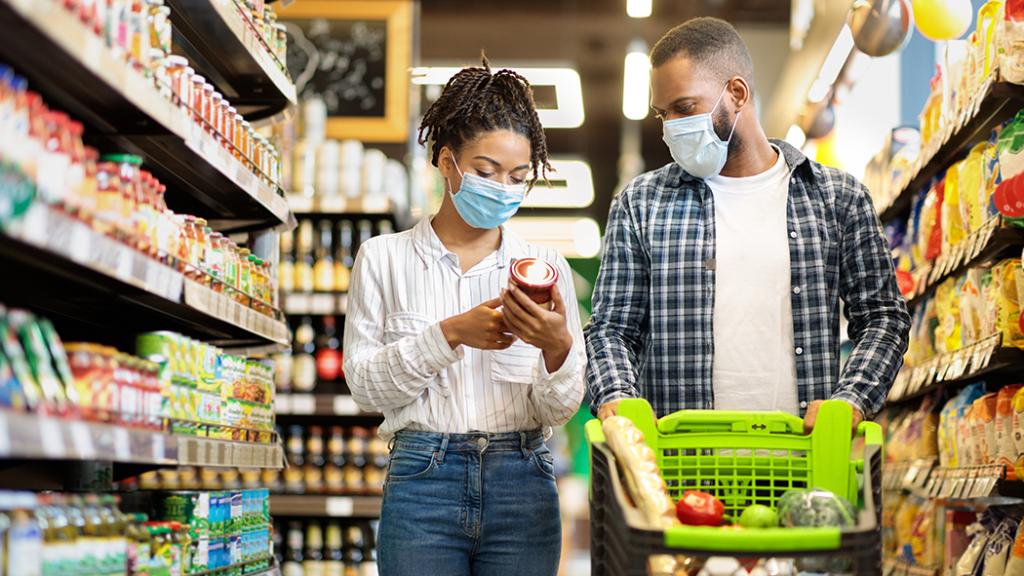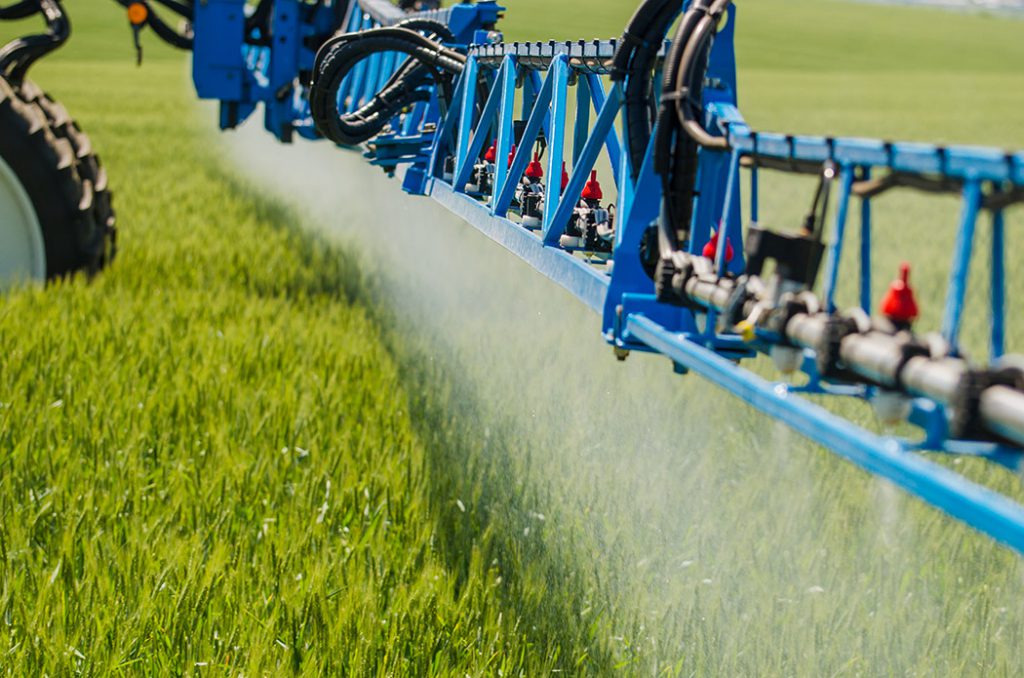Upgrade your food skills: at the grocery store

Let’s upgrade your food skills with tips and tricks at the grocery store! ICYMI, earlier this week we talked about what food skills are and how you can build your food skills foundation in our post “Upgrade your food skills- building a foundation.”
Let’s learn more, in this post we will be exploring different food skills that can be applied when you’re purchasing groceries; we will be going over how to read different food labels and going over some tricks for helping you to buy healthy and nutritious grains.
Food Skills: Learn to read food labels

When you’re purchasing food, chances are that you will be bombarded with different types of food labels making all sorts of different claims. All these different labels can be overwhelming and downright confusing. Yvette d’Entremont, Food Scientist and author of Food Babe goes over some of these label claims to help you to better understand what they all mean in the post ‘How to read food labels’. Let’s break them down here:
Fair Trade: ‘Fair Trade’ labelled food products mean that there is a more expensive price tag for consumers. This is to help ensure that the workers in developing nations receive a fair wage for their work, and the products are produced ethically and sustainably. Visit Fair Trade’s website to learn more.
Farm Fresh: This is one that you’ll see commonly on eggs. There’s no time limit to declare that they’re still fresh (hint: there’s probably an expiration date, but no “this came out of a chicken on this date” label).
Fresh: This generally means that the food has not been thermally treated, either through cooking or freezing. However, it should be taken into account that “fresh” doesn’t mean better or healthier. Click here to learn more about “frozen fresh” food.
Lite/ Light: This generally means one major macronutrient has been reduced by 30% from the original product (i.e. you’ll also see a label that says ‘30% reduced calories/sugar/fat).
Low Fat: In order to qualify to be labeled low fat, a product must be at or below 3g of fat per 100g of solid food, or 1.5g fat per 100mL of liquid.
Non-GMO: What we think of as a GMO is when a scientist in a laboratory goes into the genetic makeup of the crop and directly alters a few genes. However, every single crop we see has been altered from nature. A label that says “non-GMO” simply means that there was no genetic manipulation specifically done in a lab, a process that’s been scientifically shown over and over to be safe. Click here to learn ‘What’s so scary about GMOs?’.
No Added Sugar: This generally just means that refined sugar or sweeteners were not added to the product.
Organic: This does not mean pesticide free, chemical free, or healthier. In most cases, just means that a certain class of pesticides, derived from natural sources, were used. Visit the Government of Canada’s website to learn more about ‘Pesticides and food safety’.

Pasteurized: Pasteurized means that the product, generally milk, has been heated to a very high temperature for a very short period, this kills a majority of the harmful bacteria. Visit Ontario’s Ministry of Agriculture, Food and Rural Affairs’ website to learn more about pasteurization and pasteurized milk.
Whole grain labels: It is recommended that an individual eats 48 grams of whole grains per day, which means eating about 16 grams of whole grains per meal. Therefore, you should look for whole-grain labels, to ensure you are meeting the 48-gram suggestion. Whole grain labels may come in different versions such as 100%, 50%+, and Basic
Next, Yvette d’Entremont, Scibabe takes us through some of the labelling on the lack of the product, the nutritional content information. Check out her post on our blog to learn how to read nutrition labels on the back of food products.
Food Skills: Buy better at the grocery store
The next food skill we will go over is how to be more efficient in terms of spending your money at the grocery store. Whole grain food purchases can be efficient and helpful to your bottom line. Eating whole grains can improve your overall health and it doesn’t have to break the bank. Keep reading to find out our top tips for helping you to buy whole grains better. Click here to learn more about buying grains on a budget.
Make the change from refined grains to whole grains: Refined grains have less nutritional value than whole grain options as the germ and bran are removed during processing. Many brands sell whole grain foods at the same price as the refined version. This means that you can get the benefits of eating whole grains at no extra price. Next time you are at the supermarket, look for the whole grain options from your favourite foods such as whole grain cereals, whole grain pasta, whole grain granola bars and more.
Keep it simple: Whole grains that are needed for the base of a healthy diet, doesn’t have to cost as much as the newest trendy grain and will still be incredibly healthy. Barley is a whole grain that is budget friendly, and you may already have it in stock. Rice is used in many dishes, and by swapping traditional white rice for barley, you are ensuring you are getting more servings of whole grains (and sometimes at a cheaper cost!). Whole wheat flour can be used as a substitute for many recipes that contain all-purpose flour. This substitute can be used as a budget friendly way to add another serving of whole grains to your daily diet. Oats are an extremely healthy choice for breakfast and can cost less than many other breakfast choices such as cereal. They are a staple in many pantries and are a sure way to start your day off right with a full serving of whole grains. Check out our delicious recipe for Overnight Oats for a whole-grain breakfast option.

The whole grain label is your best friend: It is recommended that an individual eats 48 grams of whole grains per day. Knowing that you should be eating 48 grams of whole grains per day (3 servings) you can use the whole grain labels to evaluate the number of whole grains in a product you are purchasing. A 100% stamped product may not cost more than any of the other whole grain labelled products. Therefore, you can evaluate the best product for getting the most whole grains at the most budget-friendly cost.
Buying in bulk is best: Grains can store easily and for a long time as long as they are kept in airtight containers. Buy whole grains like pearl barley, flour, oatmeal, cereal or pasta in bulk and use them in your many meals!
Stay tuned this week as we go through food skills that can easily be implemented just in time for back to school!



